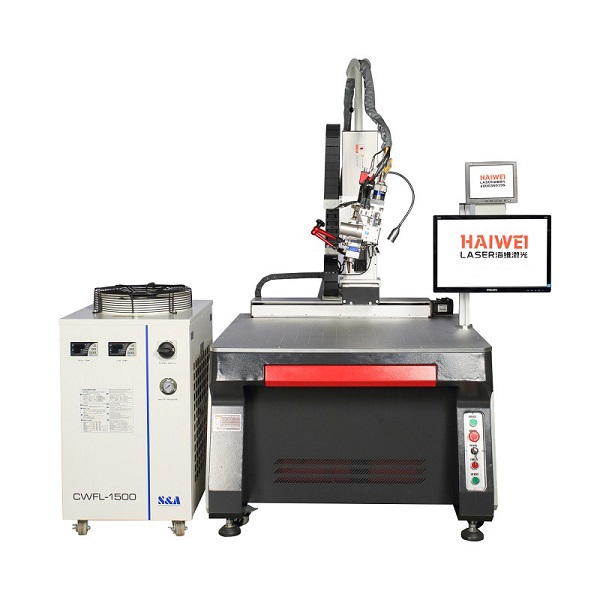Laser Welding Machines and the Path to Green Manufacturing
As industries worldwide focus on reducing environmental impact, the laser welding machine has emerged as a key technology supporting green production. Its energy-efficient operation, minimal material waste, and low emissions make it a sustainable alternative to traditional welding methods.

Energy Efficiency and Lower Power Consumption
Modern fiber laser welding machines convert electrical power to laser light with high efficiency—up to 30–35%. This is significantly better than older CO₂ lasers or arc welding systems. Because the laser beam delivers energy precisely to the weld zone, less heat is lost to the surrounding material, reducing overall energy use per weld.
Reduced Material Waste
The high precision of a laser welding machine allows for narrow weld seams and tight tolerances. This means less filler material is needed, and there is minimal distortion in the base metal. As a result, fewer parts require rework or scrapping, contributing to material savings and lower resource consumption.
No Consumables or Harmful Byproducts
Unlike MIG or TIG welding, laser welding does not require shielding gas in all applications—some processes use air or minimal gas assist. It also produces no electrode waste or slag. Fume generation is lower, reducing the load on extraction systems and decreasing air pollution in the workplace.
Long-Term Reliability and Resource Conservation
Laser welding machines have fewer moving parts and longer service intervals than conventional welding equipment. This means less frequent replacement of components and reduced maintenance waste. When properly maintained, these systems can operate reliably for over 10 years, supporting sustainable asset use.
Support for Lightweight and Efficient Designs
In automotive and aerospace, laser welding enables the use of lightweight materials like aluminum and high-strength steels. Lighter vehicles consume less fuel or extend battery range in electric models—indirectly contributing to lower carbon emissions over the product lifecycle.
For manufacturers aiming to meet environmental standards and improve sustainability metrics, choosing a laser welding machine is a practical step toward greener production. It combines process efficiency with environmental benefits, aligning with both economic and ecological goals.
Recent Posts
- What are the advantages of laser welding machines in lithium battery pack production lines?
- What issues should be noted when choosing a lithium battery pack production line?
- Quality Inspection and Control of Lithium Battery Module Pack Production Line
- Cell grouping and sorting process in lithium battery module pack production line
- What are the safety hazards of lithium battery pack production lines and how can they be prevented?
INQUIRY

